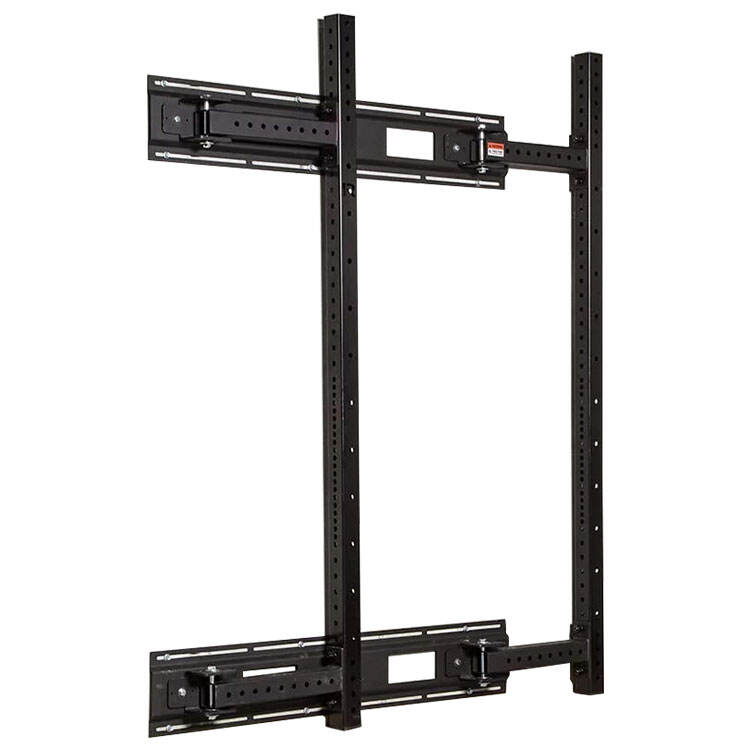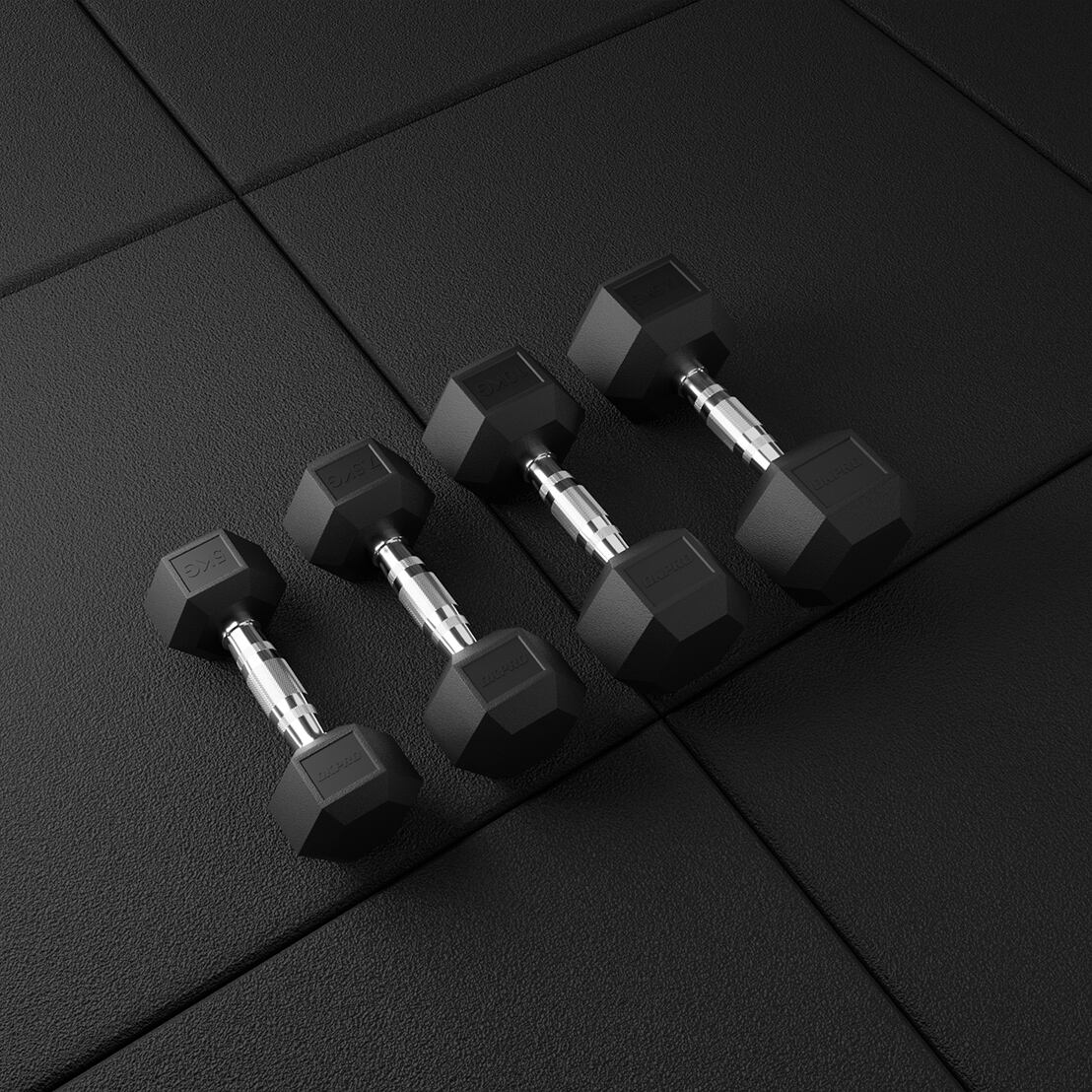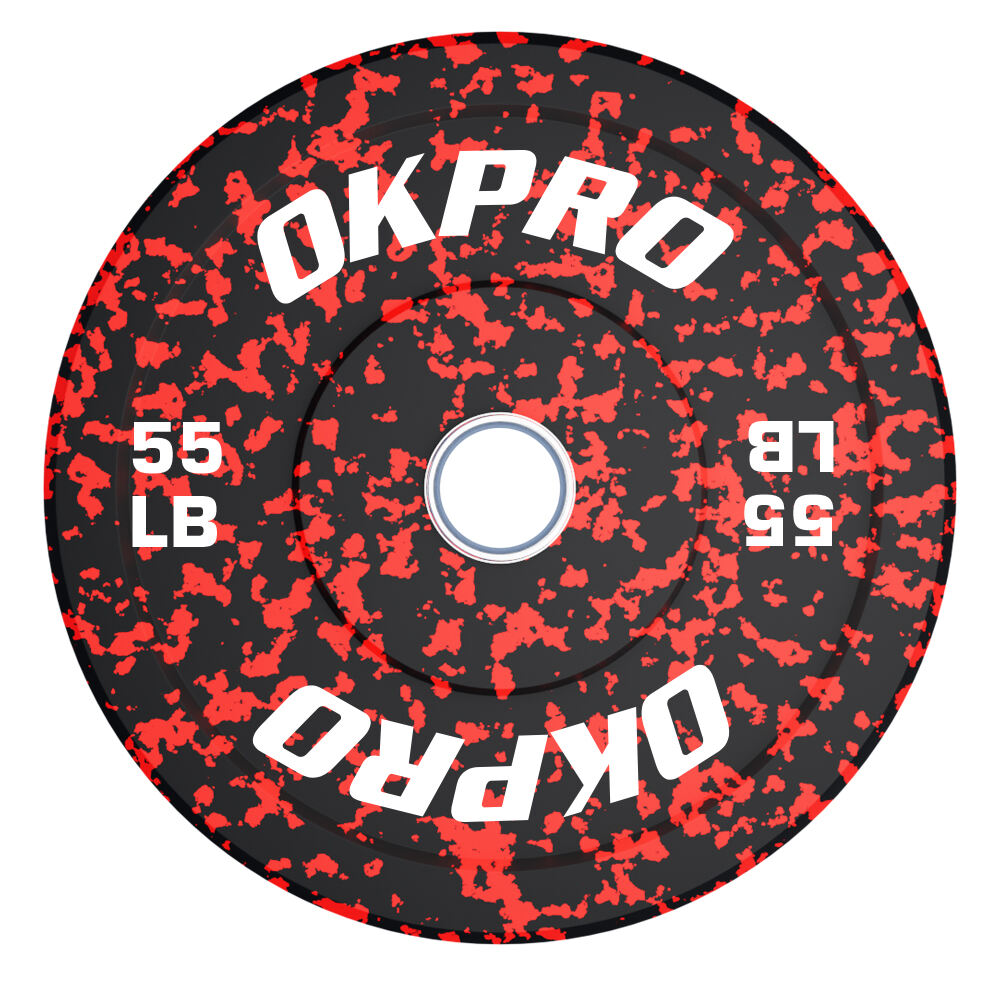رف القرفصاء
بعبارة أخرى، فإن جهاز السكوات هو معدات رياضية ثابتة تدعم العديد من أنواع تمارين رفع الأثقال المتنوعة، ولكنها مصممة خصيصًا لتقنية التعامل مع السكوات. الإطار عادة ما يكون مصنوعًا من مادة قوية مثل أنابيب الصلب المتينة، مما يجعله آمنًا جدًا للاستخدام وثقيلًا بما يكفي ليبقى ثابتًا في الرياح. يحتاج إلى تثبيت لوحات الوزن بشكل آمن، ويتناسب مع القضبان المستخدمة في السكوات وضغط الصدر، ويسمح بإعدادات ارتفاع مناسبة لمختلف التمارين التي تقوم بها. قد يتضمن أيضًا قضبان أمان قابلة للتعديل لوقف القضيب إذا فشل، وأقدام مطاطية لمنع تلف الأرضيات. هناك العديد من الأماكن لوضع أجهزة السكوات. هذا التطبيق ليس فقط لصالات الألعاب الرياضية المنزلية الشخصية، بل ينطبق أيضًا على مراكز الصالات الرياضية التجارية على نطاق واسع، وبالتالي يصبح أداة لا غنى عنها لبناء الأجسام.


